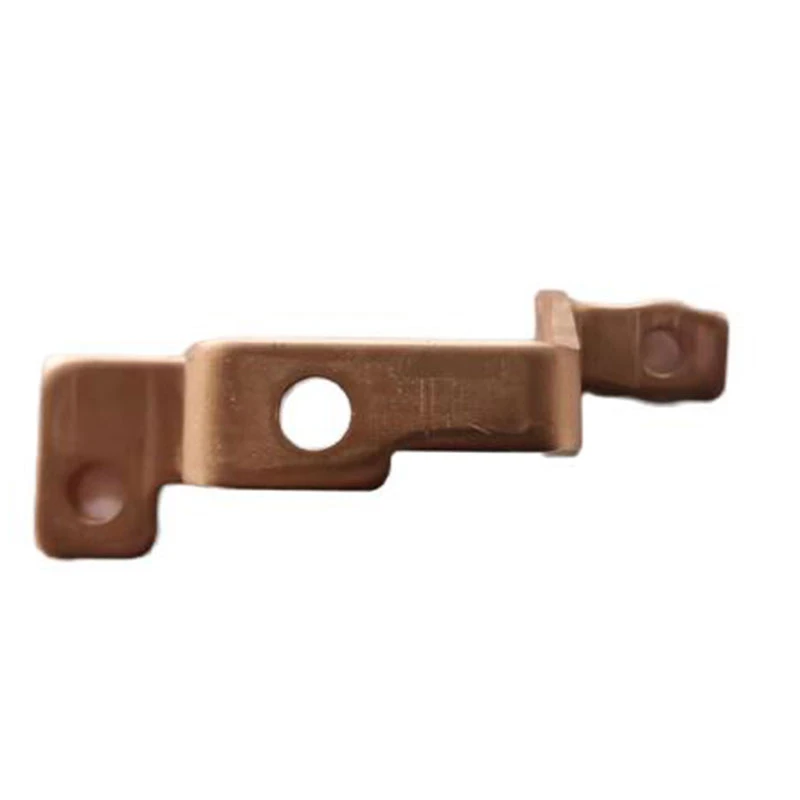iron casting sand
Iron Casting Sand A Critical Component in Metal Foundry Processes
Iron casting is one of the oldest metallurgy techniques still widely used today, forming the backbone of numerous industries ranging from automotive to construction. Central to the iron casting process is the use of sand, which serves as a mold material. This article explores the significance of sand in iron casting, its types, properties, and its impact on casting quality.
The Role of Sand in Iron Casting
In the iron casting process, sand is primarily used to create molds into which molten iron is poured. The mold must withstand the heat of the molten iron and maintain its shape, ensuring that the iron cools into the desired form. Sand, being a readily available natural resource, is often the material of choice due to its unique characteristics.
Types of Sand Used
There are several types of sand utilized in the iron casting process, each with its unique properties
1. Green Sand This is the most commonly used sand in iron casting. It consists of silica sand mixed with clay and water. The clay acts as a binder, helping the sand retain its shape and allowing for the creation of complex mold designs. Green sand is popular due to its ability to be reused multiple times, making it a cost-effective option.
2. Dry Sand This type of sand mold is made without water. It is often used for creating tougher molds that require greater strength to withstand the pressure of molten metal. Dry sand molds are beneficial for high-temperature applications where moisture could lead to steam generation and defects in the casting.
3. Shell Sand Made by coating a mold made from sand with a resin binder, shell sand is ideal for producing a very smooth surface finish. This type of sand allows for increased detail and is commonly used for intricate designs, such as engine components.
Properties of Casting Sand
iron casting sand

The effectiveness of a sand mold in iron casting depends on several key properties
- Grain Size The size of the sand grains affects how well the mold can capture fine details. Finer grains provide a smoother surface finish but can lead to difficulties with gas permeability. Coarser grains allow for better airflow but may sacrifice surface detail.
- Strength The mechanical strength of the sand is crucial in maintaining the integrity of the mold. Higher strength sands can withstand the thermal shock and pressure from the molten iron.
- Permeability For proper casting, the mold must allow gases to escape. Sands that are too dense or have low permeability can trap gases, leading to defects in the final product.
- Thermal Stability The ability of the sand to withstand high temperatures without breaking down is vital. Sands that can maintain their structural integrity at elevated temperatures contribute to better casting outcomes.
Environmental Considerations
While sand is a natural resource, the iron casting industry has seen an increasing push towards sustainability. Foundries are exploring ways to recycle sand and reduce waste. Innovative approaches include reusing spent foundry sand or using synthetic alternatives to minimize environmental impact.
Conclusion
Iron casting sand plays an indispensable role in the casting industry, influencing everything from mold creation to the quality of the final product. With various types of sand available, each with unique properties, foundries must choose the right material to optimize their casting processes. As the industry continues to evolve, attention to sustainability in sand usage and casting practices will be critical in ensuring a balance between production needs and environmental stewardship. The future of iron casting will undoubtedly see advancements that enhance both the efficiency and ecological responsibility of this age-old craft.
-
OEM Sand Cast Pump Valve Fittings - Baoding Hairun Machinery And Equipment Trading Co., Ltd.NewsAug.14,2025
-
OEM Sand Cast Pump Valve Fittings - Baoding Hairun | Customizable Fluid Control & Industrial Casting SolutionsNewsAug.14,2025
-
OEM Sand Cast Pump Valve Fittings - Baoding Hairun Machinery And Equipment Trading Co., Ltd.|Precision Engineering, CustomizationNewsAug.14,2025
-
Precision Pressure Casting | Aluminum & Vacuum Die Casting ProductsNewsAug.14,2025
-
OEM Sand Cast Pump Valve Fittings - Baoding Hairun Machinery | Customization, Quality AssuranceNewsAug.14,2025
-
OEM Sand Cast Pump Valve Fittings - Baoding Hairun Machinery & Equipment Trading Co., Ltd.NewsAug.13,2025















